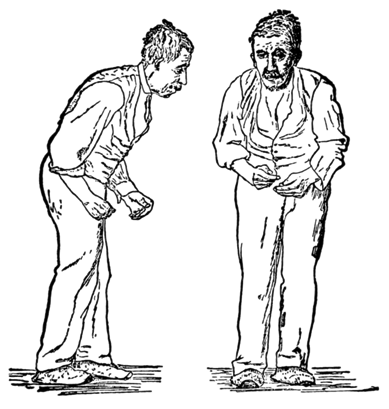Angus Macleod

Firstly, I will use new statistical tools that combine an individual's attributes to predict disease progression. I have already developed and tested these tools in a group of Aberdeen patients and I will confirm that they can make accurate predictions in an additional group of patients identified in Scandinavia. Once these methods are proven to be effective, they can be used to improve clinical trials of new treatments. Secondly, when testing a new treatment it is difficult to measure changes over time. I will therefore study how to efficiently detect and monitor changes in Parkinson’s and compare them to untreated groups. Thirdly, current ways to measure disability (difficulties with activities of daily living) in Parkinson’s have major drawbacks. Therefore I plan to develop a new disability measurement tool and will consult with Parkinson’s patients and their carers to identify the difficulties that are most relevant to them.
As well as significantly enhancing my career development and international stand, these three strands of research will form the foundation for competitive research aimed at improving clinical trials in Parkinson’s. In the longer term, this may lead to more effective treatments for people with Parkinson’s.
